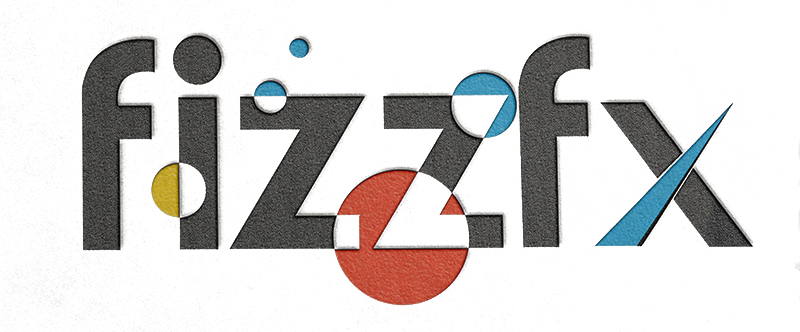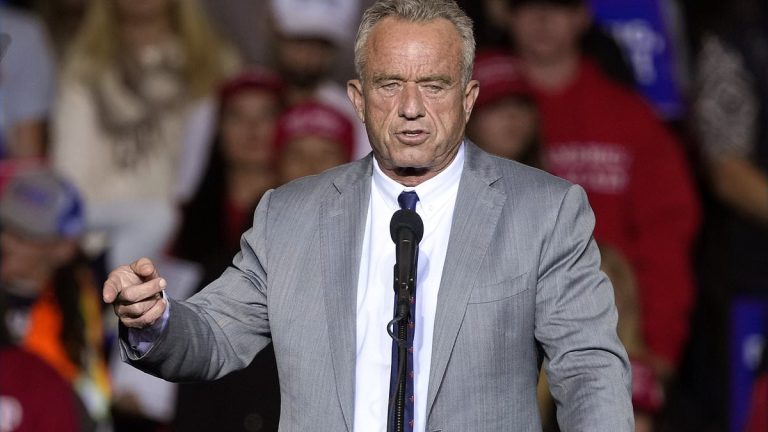In recent months, prominent US political figures Kamala Harris and Donald Trump have been respectively turning away from legacy media channels. These traditional news outlets include notable names such as National Public Radio (NPR), The New York Times, PBS, and The Washington Post. Both have eschewed these platforms in their outreach efforts during the general election campaign, with the former President even forgoing an appearance on broadcast television’s most influential news show this year.
It is a trend that appears to directly jab at traditional media and suggests the increasing prevalence of alternative channels for politicians to communicate their messages to the public, bypassing the mainstream channels that have long been the go-to platforms for disseminating political views.
Donald Trump, for example, has been vocal in his criticism of the legacy media. He is particularly outspoken against the manner in which a recent interview with Kamala Harris was edited by one of these outlets. Trump has often accused some traditional media houses of bias, claiming that they distort his messages or misrepresent his administration’s actions. His tool of choice for political outreach has predominantly been Twitter, which allows him direct, unfiltered contact with millions of followers. His use of this social media platform has undeniably paved a way for a new dimension of political communication.
On the other hand, Kamala Harris, current Vice President, has also been noticeably absent from interviews with legacy media channels. Her choice of platforms revolves around new-age media, such as live townhall meetings on YouTube, Instagram Q&A sessions, podcast appearances, and other non-traditional channels. By doing this, Harris, like Trump, could be striving for more authentic, direct interaction with the public. She might be trying to shed the traditional media image of politicians and show a more relatable and accessible aspect, which has been a persistent theme in her political career.
This trend of high-profile political figures bypassing traditional media outlets underlines the profound changes in the media landscape. It raises questions about the role of legacy media in the age of digital communication, where direct, real-time interaction with the audience is valued by politicians.
The dynamics of media consumption have fundamentally changed; attention is being pulled away from traditional news sources and dispersed amongst a plethora of new-age, digital channels. As politicians move towards these alternative channels, questions are raised about the role of traditional journalists as gatekeepers of information.
If politicians favor direct communication channels, does it undermine the role of the journalist in fact-checking, providing context, and delivering objective reportage? While this trend provides politicians with real-time feedback and interaction with their audience, the absence of fact-checking and journalistic integrity could turn these platforms into echo chambers, skewing public discourse and representation.
In conclusion, the trend of leaving behind legacy media exhibited by politicians such as Kamala Harris and Donald Trump is indicative of a transforming media landscape. While this shift presents its advantages and challenges, it is clear that the dynamics of political communication are rapidly evolving. It remains to be seen how traditional journalists, policymakers, and the general public will adapt to this change.



